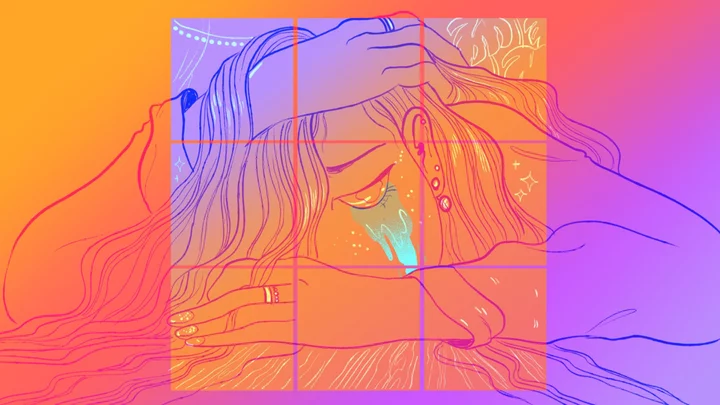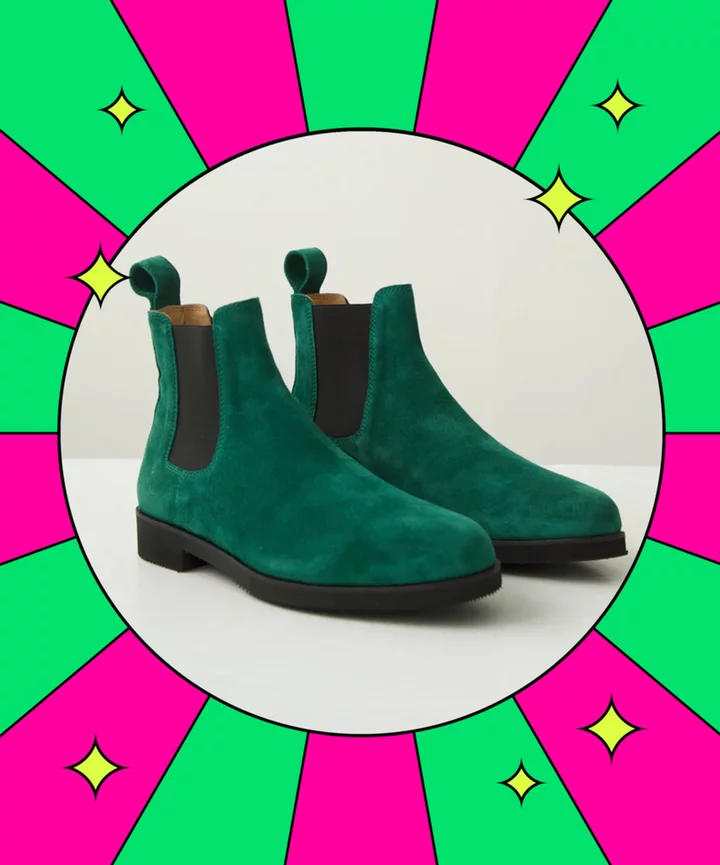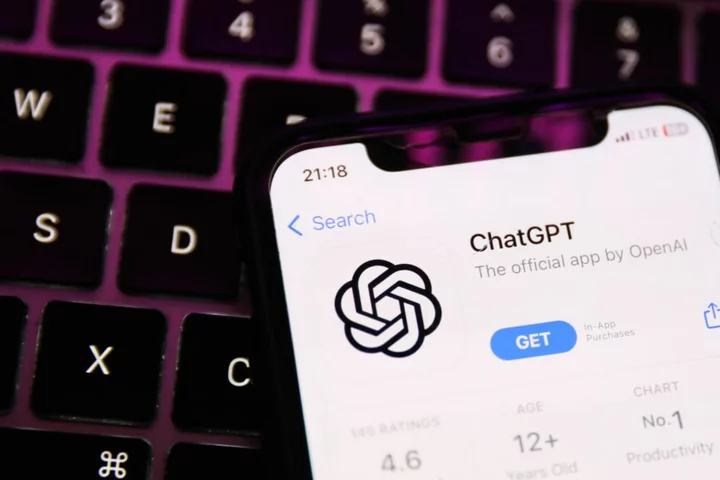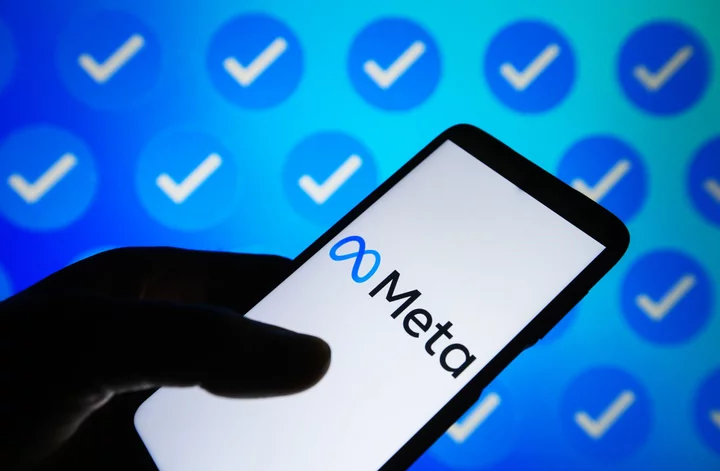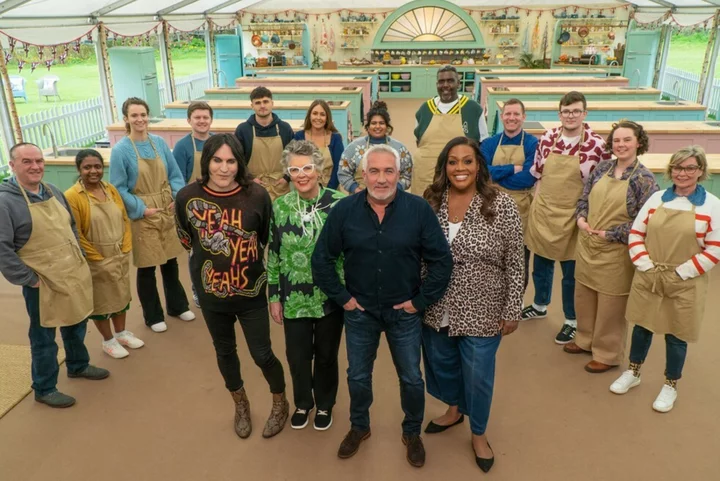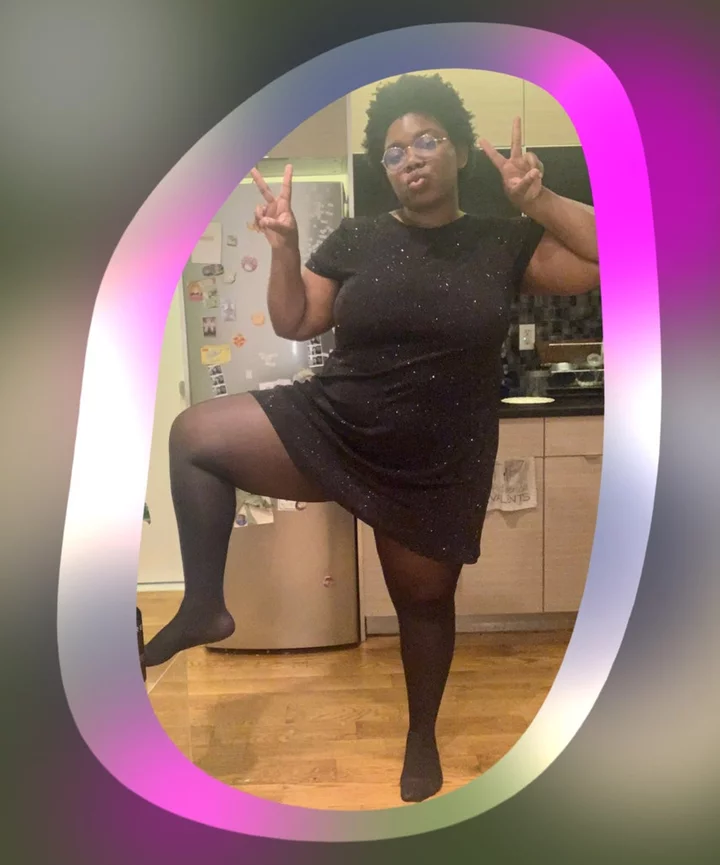Creators are often put in a frustrating position in which they rely heavily on platforms for their income but have almost no control over how those platforms work. At any moment, a platform can remove their stream of income or make their entire business model moot.
Recently, a monetization tool on Instagram called the Reels Play bonus went away, leaving creators to find other streams of income to make up for losing the $500-$1,000 they had counted on each month via Reels Play. The program gave content creators money when they hit certain goals for views on their videos — similar to TikTok's Creator Fund.
SEE ALSO: Sorry, you're never going to get a clickable link in your Instagram grid postsAnya Tisdale, an Instagram creator with more than 125,000 followers, said she was in one of the test groups for the Reels Play bonus program which helped her make a "pretty good chunk of money" while she was in school. It wasn't enough to pay for rent, but it helped subsidize her work. Because of the program, she started creating tons of Reels, hoping to make more income.
"It was a great way to incentivize people to start making Reels," Tisdale said, noting that it arrived at a time in which most people were simply posting video content to TikTok. "I wasn't even making Reels like that until they had been like, 'Oh, we'll pay you to make them.'"
Once creators started posting on the platform, though, Instagram took that incentive away.
Tisdale wasn't the only creator hurt by Instagram's latest move. Creator Ivy Rivera told BuzzFeed News at the time that since her income is sporadic, "the bonus program was one of the things that, as a creator, I could rely on to know that I’m for sure making [a certain] amount of money this month." Azure MacCannell, a full-time video creator, told Fortune that he took a nearly "$100,000-a-year pay cut with only a few days notice" when the fund was paused. "The Meta reps just keep saying to use the tools given (stars, subscriptions, etc.) which are just begging followers for money, making Meta money in the process," MacCannell told Fortune.
SEE ALSO: What are Facebook Stars, and should you give them?At a creator and press event at Meta on Friday, Oct. 6, Instagram head Adam Mosseri opened it up for questions to the audience. Tisdale asked about why the tool went away, and Mosseri said the entire point of the program was to encourage creators to post their videos on Instagram at a time when they only wanted to post on TikTok. And the program worked — but cost the company a lot of money. He said Instagram was "putting way more money into the program that was coming out of the program, and we're a business at the end of the day. That kind of program can't last forever." The program just didn't seem to work that consistently. At first, creators saw massive payouts but those payouts began to shrink.
Mosseri said that the program is still live in Korea and Japan, where they aren't "burning money" at quite the same rate. Once Meta has "gotten that program to a place that is, I think, more sustainable," the company will work on bringing it back to the U.S. But, in the end, "it's never going to be something that's going to pay every creator."
When I asked Meta what their timeline was to bring the program back to the U.S., it couldn't give me much information. A Meta spokesperson said the company is focusing "on investing in products and solutions to help creators earn steady streams of income, like subscriptions and the Creator Marketplace for example."
"Creators can still monetize directly from Meta, and from the support of fans and brand partnerships, all of which have seen progress over the past year," the spokesperson said. But none of the monetization programs from Meta earn as much for creators as, say, TikTok's Creator Fund. Meta frequently points creators to its subscription model, in which regular Instagram users can pay their favorite creators. But, as Tisdale says, passing the buck onto everyday users isn't the answer.
"We do have monetization options, but it's not the same," Tisdale said. "I technically have subscriptions set up, but I don't expect anyone to subscribe to me because I'm not making specific content for specific people who want to pay to see what's going on in my life."
According to research from Epidemic Sound, 30 percent of creators said TikTok is the top platform for generating income, followed by YouTube (25.8 percent), Facebook (16.5 percent), Twitter (13.1 percent), and, at the bottom of the list with just 7.1 percent, Instagram.
"A lot of people were happy about [the Instagram Reels Play bonus program]," Tisdale said. "It gave a lot of people hope. It made people feel good that they were getting the benefits of their hard work."
Now, that's gone, and Meta keeps saying it's on its way back but without a timeline. For creators, it feels like they're placating them — and playing with their livelihoods.

